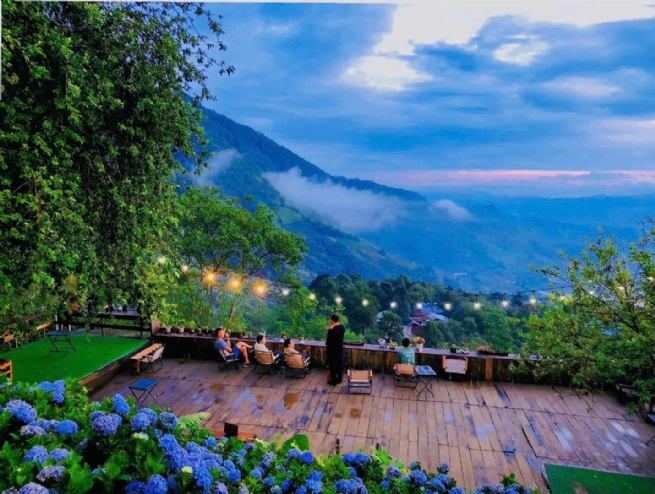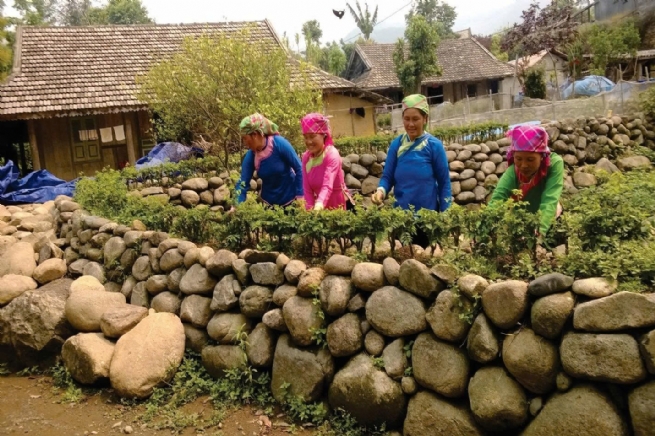Agricultural Tourism in Lai Châu – A Journey Connecting Nature and Cultural Identity
Although still relatively new, agricultural tourism in Lai Chau is gradually flourishing, promising to become a highlight on the Northwestern tourism map. Not only does it bring visitors closer to nature, but it also helps them better understand local culture while creating sustainable development opportunities for local people thanks to favorable climate and soil conditions.
Located in the high mountains with a mild climate, Lai Chau is ideal for developing medicinal herbs, tea, temperate vegetables, and fruit trees. Its signature agricultural products include: Tân Uyên, Than Uyen, and Tam Duong tea; Séng Cù rice; macadamia nuts; Lai Chau ginseng; and many precious medicinal plants. The province’s diverse cultural identity also shapes a unique tourism ecosystem. Ethnic groups such as the Thái, Mong, Dao, and Ha nhi contribute with their traditional farming, livestock raising, and wet-rice cultivation, as well as festivals, cuisine, and handicrafts, all of which create a distinct appeal.

Agricultural tourism here also offers fascinating experiences:
Tea hill tours: Visitors can hand-pick tea leaves on the vast green hills of Tan Uyen and Tam Duong and enjoy fresh tea.Medicinal herb exploration: Take part in planting, caring for, and learning about the uses of ginseng, cardamom, amomum, macadamia, and more. Farming with locals: Join in rice planting, upland farming, animal husbandry, and traditional food processing.
Community homestays: Stay in stilt houses, enjoy local cuisine, and participate in the New Rice Festival or field-opening ceremonies.
The rise of agricultural tourism has brought significant meaning: it supports local communities by boosting agricultural product consumption, creating jobs, and increasing income right in their villages. At the same time, it helps preserve cultural identity and widely promote the image of Lai Chau and its people both domestically and internationally, fostering sustainable agriculture and protecting nature.
Agricultural tourism has also enriched this land with unique experiences through local cuisine flavored by the mountains and forests, and by farming traditions of the ethnic groups—adding a distinctive highlight to every journey to Lai Chau.

Local cuisine here is not only part of daily meals but also deeply present in festivals, weddings, and New Rice celebrations. The ingredients, preparation process, and communal participation in cooking showcase the harmonious bond between nature, culinary know-how, and community culture.
Purple sticky rice and banh day (rice cakes): Cultural symbols of the Mong people.Smoked buffalo meat, grilled stream fish, and bitter-leaf soup: Flavors unique to the mountains and forests. Free-range pig dishes, corn wine, and millet wine: Rustic specialties filled with warmth and hospitality.
With its serene natural landscapes and simple village life, agricultural tourism in Lai Chau is truly a journey that connects nature, people, and local culture. It offers visitors authentic and memorable experiences while contributing to building a green and sustainable tourism destination.








